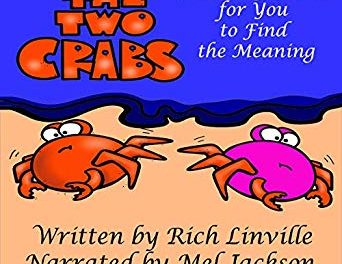St. Augustine of Hippo, 354-430 was born in a Roman province in Africa (modern day Algeria) to a devout mother, Monica, and a worldly ambitious pagan father, Patricius. Augustine would go on to write more than 5.4 million words regarding the biblical faith.
One of the themes in Augustine’s writings was that of the essential nature of love and its relationship to happiness. He also understood love more as an expressed action than a feeling.
“For the fourfold division of virtue, I regard as taken from four forms of love…I should have no hesitation in defining them: that temperance is love giving itself entirely to that which is loved; fortitude is the lover readily bearing all things for the sake of the loved object, justice is love serving only the loved object, and therefore ruling rightly; prudence is love distinguishing with sagacity between what hinders it and what helps it.”
In classical education circles there is an indebtedness to Augustine who taught that virtue is rightly ordered love.
“If the Creator is truly loved, that is, if He himself is loved, and not something else in His stead, then He cannot be wrongly loved. We must, in fact, observe the right order even in our love for the very love with which we love what is deserving of love, so that there may be in us the virtue which is the condition of the good life. Hence, as it seems to me, a brief and true definition of virtue is “rightly ordered love.”
So how do we love the right things rightly? First by starting with the Triune God being our number one love then to love as Jesus loves. The Authorized Version of the Bible used at school often uses charity in place of love. This simple translational difference can help correct our understanding of what this virtue looks like when the rubber meets the road.
“When faith and hope fail, as they do sometimes, we must try charity, which is love in action.
We must speculate no more on our duty, but simply do it.
When we have done it, however blindly, perhaps Heaven will show us why.”
Mulock





